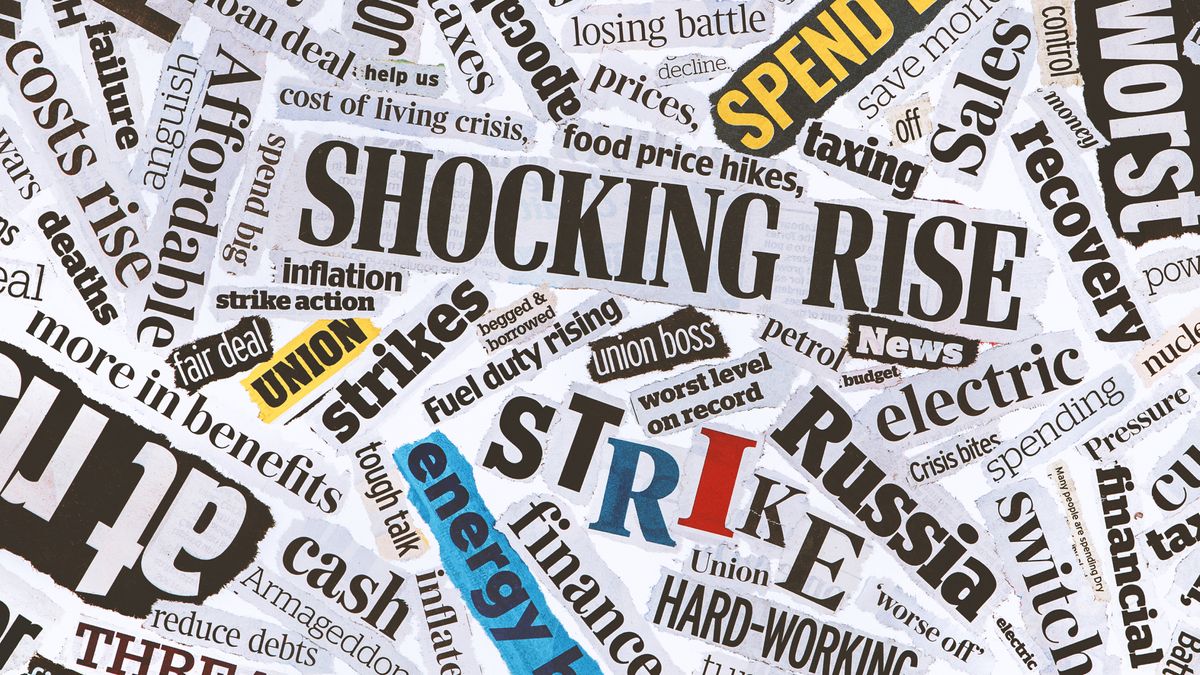Some Wall Street players still expect the US to tip into a recession this year, but the latest data illustrates not only that economic growth has yet to stall but also that the country is faring better than its wealthiest allies.The Bureau of Economic Analysis said last week real GDP came in at a surprisingly high annualized rate of 3.3% in the fourth quarter, surpassing consensus expectations for 2.0%. That pushed back on the narrative for an imminent downturn, and it also beat the growth seen across its Group of Seven peers, who together account for some of the world’s wealthiest nations. The trend has held steady over the last several years, with the US leading in economic growth since the pandemic. The US has seen its GDP grow by a total of 7.4% since the fourth quarter of 2019, according to seasonally-adjusted figures from the OECD. Canada and Italy hovered between 3-4% cumulative growth over that period, while Japan, the United Kingdom, France, and Germany grew 2.4%, 1.8%, 1.8%, and 0.3%, respectively.Among countries that use the euro, the combined GDP grew at a 0.1% annualized rate in the third quarter of 2023.US GDP growth reflected increases in consumer spending, state and local government spending, and exports, among other increases, according to the BEA. And despite smaller job growth compared to 2022, payroll employment rose by 2.7 million in 2023.”Better-than-expected consumer spending was the primary fuel for the strong pace of growth in last year’s fourth quarter,” Russell Price, chief economist at Ameriprise, told Business Insider. “Although we expect some deceleration this year, we believe consumers are generally in good shape to further fuel a solid pace of growth through 2024 and possibly beyond.”Consumer strength, as well as relatively low consumer debt burdens and the remnants of pandemic stimulus and savings, bodes well for the US, in his view.To that point, in a report published Tuesday, the International Monetary Fund raised its global growth forecast for the year from 2.9% to 3.1% largely on account of better-than-expected US expansion. IMF economists anticipate US GDP to grow at an annual rate of 2.1% in 2024, more than double its forecast for all other members of the G7. Still, economic outlooks for the US range from soft-landing and shallow recession calls to more severe, yearlong downturns. The US has also seen a promising trajectory for inflation. Government data released earlier this month showed the consumer price index climbed 3.4% annually in December. That’s fallen from multi-decade highs in 2022, though it remains above the Federal Reserve’s 2% target.According to the latest available data on the cohort, inflation remains highest in France and the UK at 4.1% and 4%, respectively. As far as monetary policy, it’s up in the air when the Fed will begin easing interest rates. But markets have priced in five cuts for the year, optimism that has in part been reflected in the strong stock market rally in January.
We will be happy to hear your thoughts





